A mother-of-pearl mosaic of Smooth Sailing in a mother-of-pearl workshop in Chuon Ngo village, Hanoi . Photo: Yen Van
Millennial Industry
Located on the banks of the Nhue River, about 40km south of Hanoi center, Chuon Ngo village belongs to Chuyen My commune. This village is considered the birthplace of mother-of-pearl inlay in Vietnam, one of the hundreds of crafts of the ancient Thang Long citadel.
Mr. Nguyen Vinh Quang, Chairman of Phu Xuyen Mother-of-Pearl Inlay Association , said that according to historical records, the mother-of-pearl inlay craft was taught to the people of Chuon Ngo by General of the Ly Dynasty, Mr. Truong Cong Thanh, in the 11th century. Since then, many products of the village have been classified as the seven treasures of the royal family.
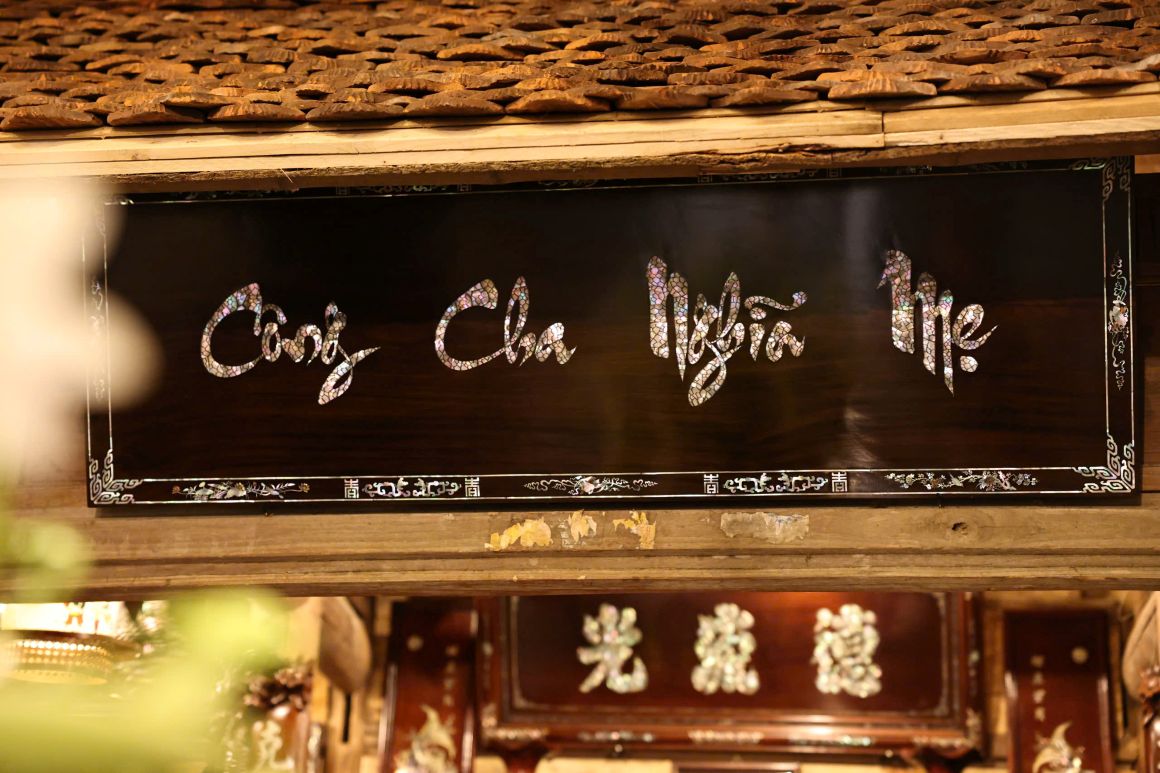
Horizontal horizontal lacquered boards and parallel sentences are traditional products of Chuon Ngo village. Photo: Yen Van
After nearly a thousand years of development, up to now, the whole Chuyen My commune has thousands of workers participating in the inlay profession. Depending on the skill, mother-of-pearl inlay workers have an income of 6-15 million VND/month.
As a profession that requires high skills, a person who wants to learn mother-of-pearl inlay usually needs 5-10 years to be considered proficient, and if one wants to be good, one must constantly create throughout life. Many people from other places have come to Chuon Ngo to learn the profession, then spread the mother-of-pearl inlay profession throughout the North and South.
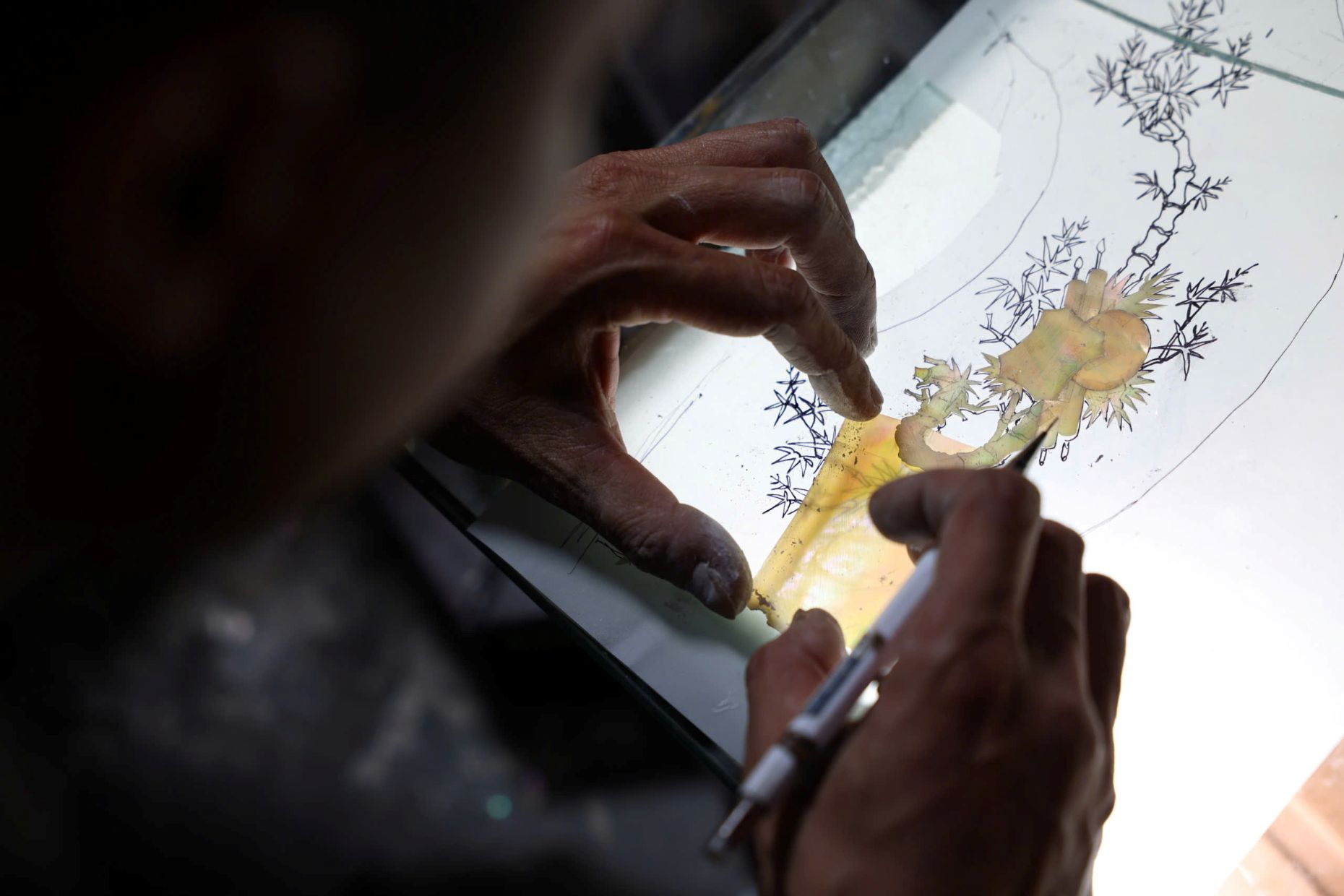
The artisan measures the mother-of-pearl piece on the drawing to prepare to saw the blank. Photo: Contributor
“The village’s products are very diverse, from traditional designs such as horizontal lacquered boards, parallel sentences, mahogany beds, and cabinets. Wall paintings have popular designs such as the “Pine - Chrysanthemum - Bamboo - Apricot” set or “Returning home in glory to pay homage to ancestors”...
Recently, workshops also accept portrait mosaics or mosaics based on customer themes. Depending on the design and quality of raw materials, mother-of-pearl mosaic products cost from several million to billions of dong,” Mr. Quang shared.
Sawing the blank is considered the most difficult step in the mother-of-pearl inlay process. Photo: Yen Van
Artisans in Chuon Ngo said that the inlay craft mainly uses only 4 tools, a saw, a chisel, a file and a carving knife. The raw materials are also just 3 simple things: wood, mother-of-pearl and lacquer.
Chuon Ngo inlays are highly valued for their meticulously cut, vivid yet intact, unbroken mother-of-pearl details. To achieve this, before working, the artisan must soak the mother-of-pearl pieces in wine and then heat them over a fire.
For popular products priced from several million to several tens of million VND, the raw materials will be domestic mahogany and mother-of-pearl. Products priced from hundreds of millions to billions of VND will use imported rosewood and multi-colored mother-of-pearl.
The artisan measures the inlaid details on the wood in preparation for the carving stage. Photo: Yen Van
“Mainly used for inlays are rosewood, mahogany and especially ebony, because the grain is small, making the inlay details stand out. Although precious, ironwood is not suitable. Domestic mother-of-pearl is reasonably priced, but the color is not very beautiful.
Expensive imported pearl shells cost up to 600 million VND/kg, but their bright colors are suitable for making high-end products," said artisan Nguyen Ba Tue in Chuon Ngo village.
A finished mosaic product needs to go through the stages of drawing a pattern, selecting mother-of-pearl and sawing the blank, measuring the blank and carving the wood, gluing the mother-of-pearl piece to the wood, and finally trimming and polishing.
Born in Chuon Ngo, many female artisans were also taught the craft by their fathers since childhood. Photo: Yen Van
Usually, each craftsman only specializes in one stage of the craft throughout his career, so each product is a collective effort. There are works that a group of artisans must work together for half a year to be satisfied with.
The whole village is like a live art show.
Along the village roads in Chuon Ngo, mother-of-pearl inlay workshops are located one after another, filled with the buzzing sounds of saws and chisels. The finished products are skillfully displayed, making the whole village feel like a living museum.
The workshop is right at the entrance of the village. As every day, artisan Duong Van Hieu is still diligently sawing pearl shells and receiving the admiration of tourists.
From a piece of snail shell, Chuon Ngo artisans can saw it into vivid details. Photo: Yen Van
Learning mosaic from the age of 10, now with nearly 30 years in the profession, Mr. Hieu is confident that he can do every step well to create a beautiful mosaic product.
“I can saw a line, turning a piece of pearl shell into a long thread without breaking it, this is an extremely difficult technique. I was also in charge of completing works that sold for over 1 billion VND,” Mr. Hieu shared.
However, according to Mr. Hieu, his skills are still not among the best in the village. He said that mother-of-pearl inlay artisans are at their most skilled when they are around 50 years old.
The artisan looks at the product to choose the best light angle before starting the trimming process. Photo: Yen Van
“To make a beautiful product, you must have a good mind to come up with unique designs, and sharp eyes to see the details. But the most important thing is your hands, they must be soft to draw vivid patterns, and strong enough to not shake when sawing or chiseling. The job requires a lot of work, and it is mainly done by hand, so when your eyes start to blur or your hands start to shake, you have to rest,” Mr. Hieu added.
According to artisans in Chuon Ngo, since around 1990, the village’s products have been very popular with European and Chinese customers. Many new product lines have been created, small ones can be toothpick tubes, chopstick tubes, plates, inlaid boxes, large ones are souvenir paintings with the content of homeland landscapes.
Recently, international visitors have been particularly fond of Uncle Ho's mosaic portraits. Portrait paintings are also considered by Chuon Ngo mosaic artisans to be difficult and require the highest level of skill.
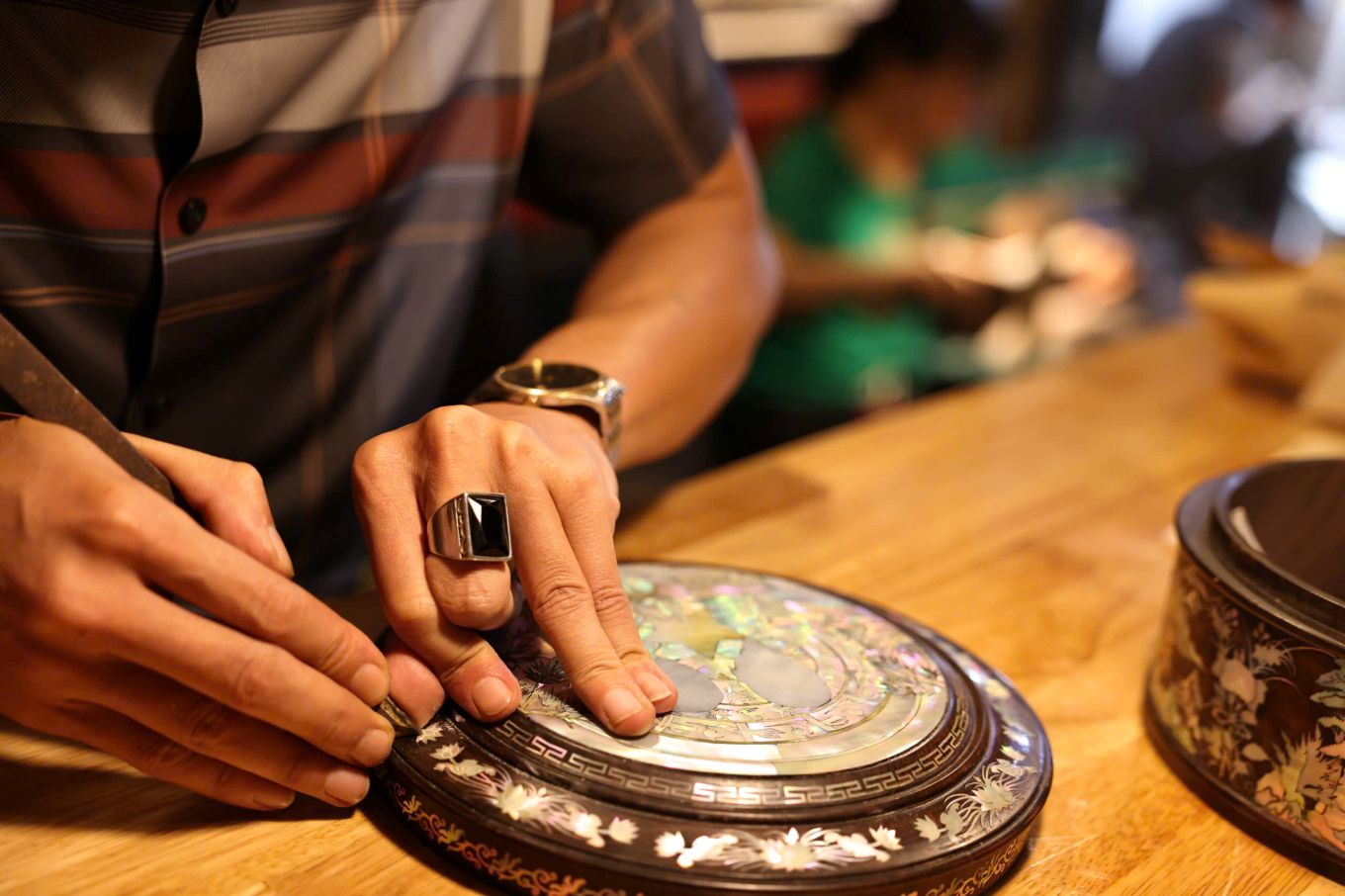
Trimming is almost the final step, to make the product more beautiful and vivid. Photo: Yen Van
“To inlay a portrait, the craftsman must choose each piece of mother-of-pearl for each detail on the face. It must depict the character’s demeanor, style, and even thoughts; each carving requires many years of experience. Although it is difficult, there are now many artisans in the village who are confident in inlaying portraits of national heroes and great men of the country,” said artisan Nguyen Ba Tue.
A cluster of unique details on the mosaic work. Photo: Yen Van
Having been in the profession for 40 years, Mr. Tue has been the village representative to travel across the country many times to demonstrate skills and exchange experiences. The work his father passed down brings Mr. Tue's family a profit of about 500 million VND per year. To preserve the traditional profession, he has let his two sons take over.
“Mother-inlay for us is not just a profession, it is also the love of our ancestors, so we have the responsibility to preserve it for our children and grandchildren,” said Mr. Tue.
Laodong.vn
Source: https://laodong.vn/du-lich/kham-pha/muc-so-thi-ky-nghe-ngan-nam-o-lang-nghe-kham-trai-chuon-ngo-1540875.html


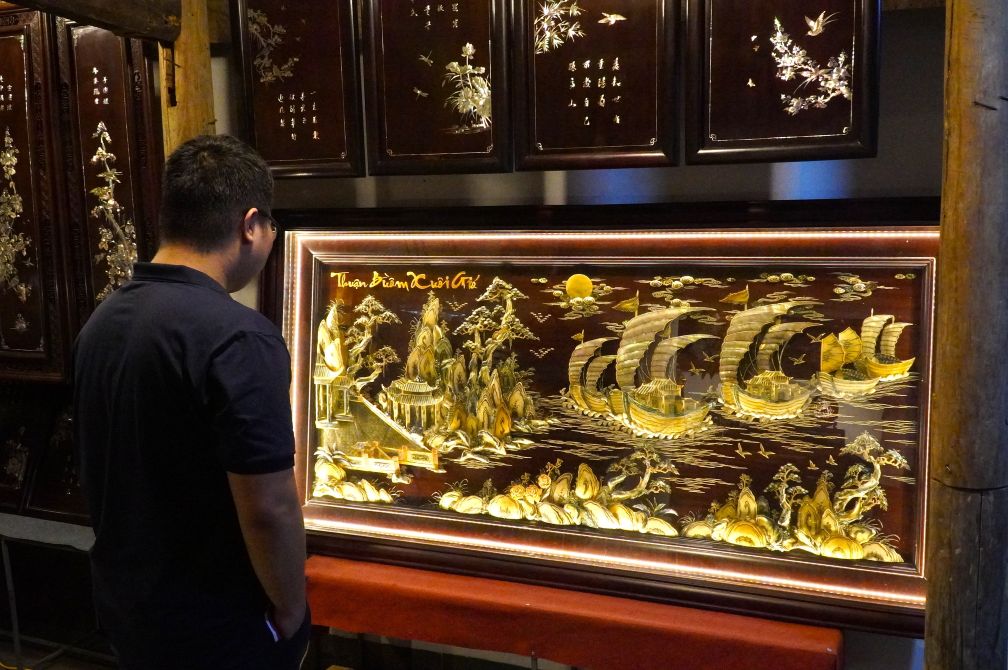
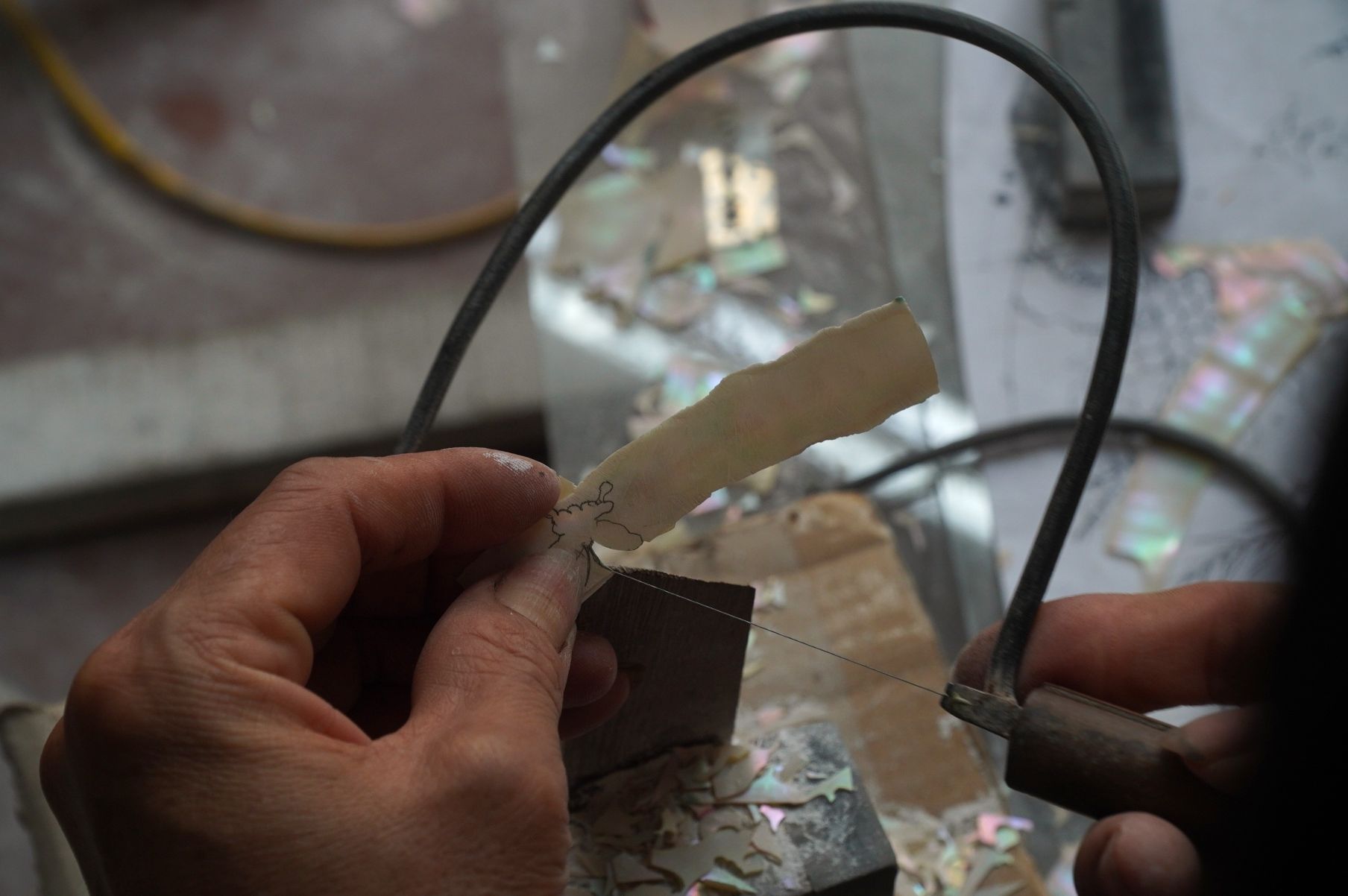
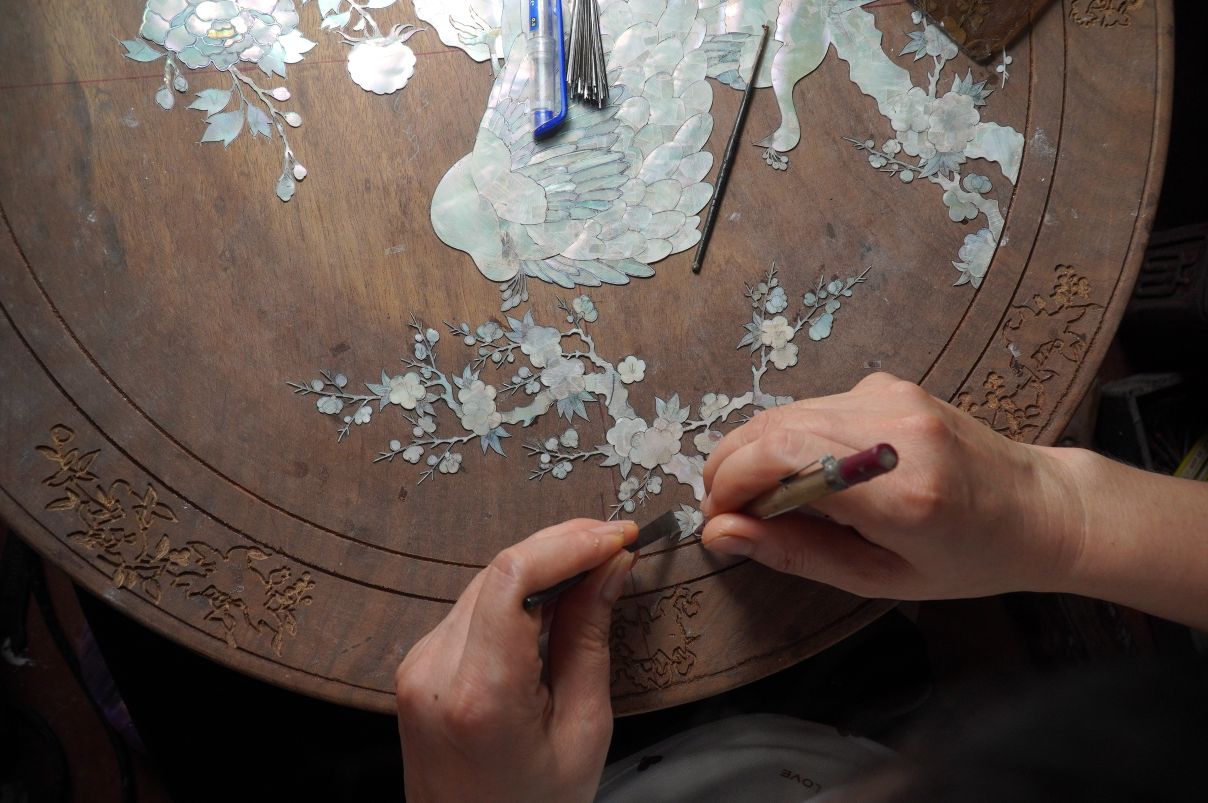
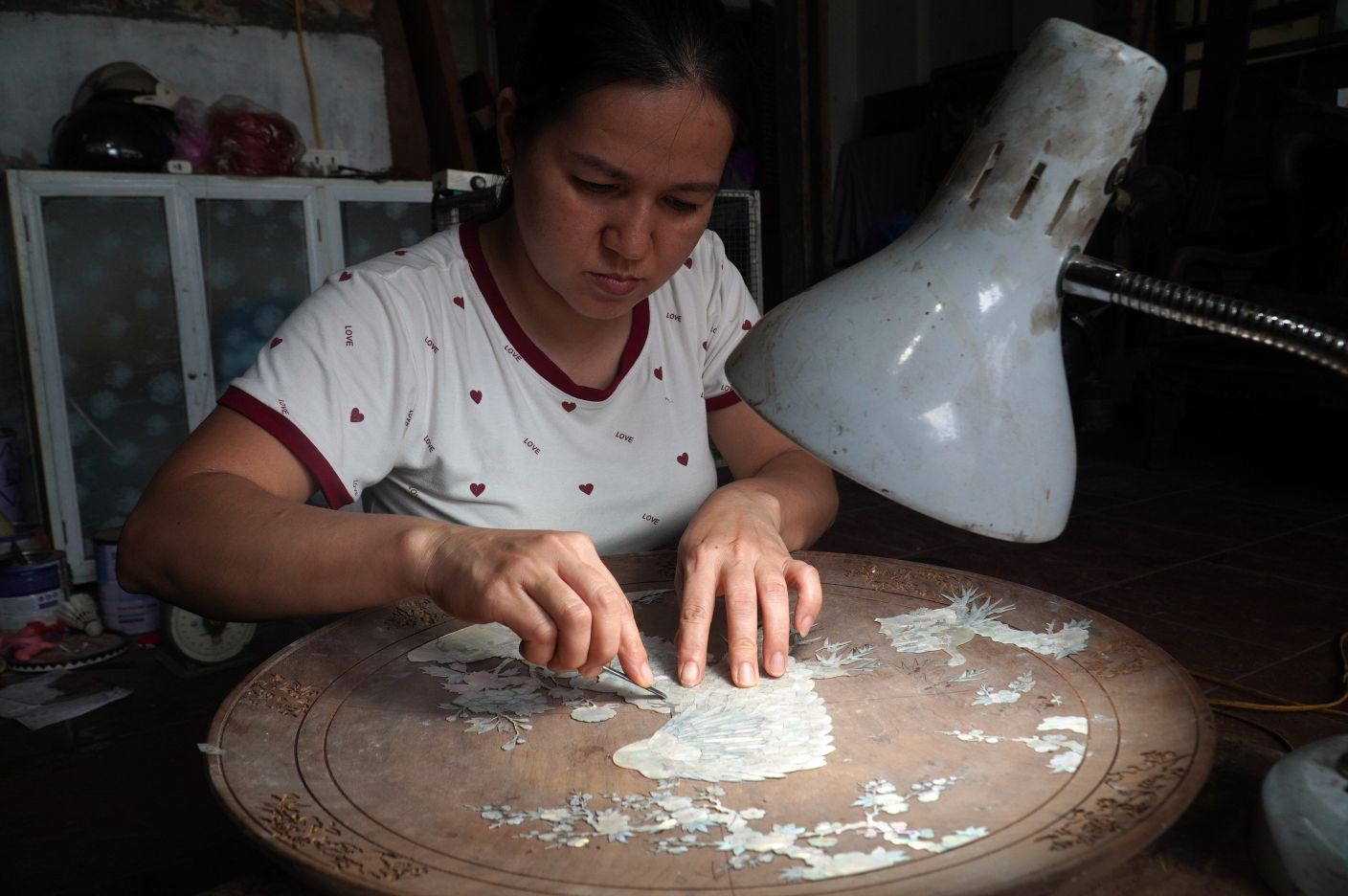
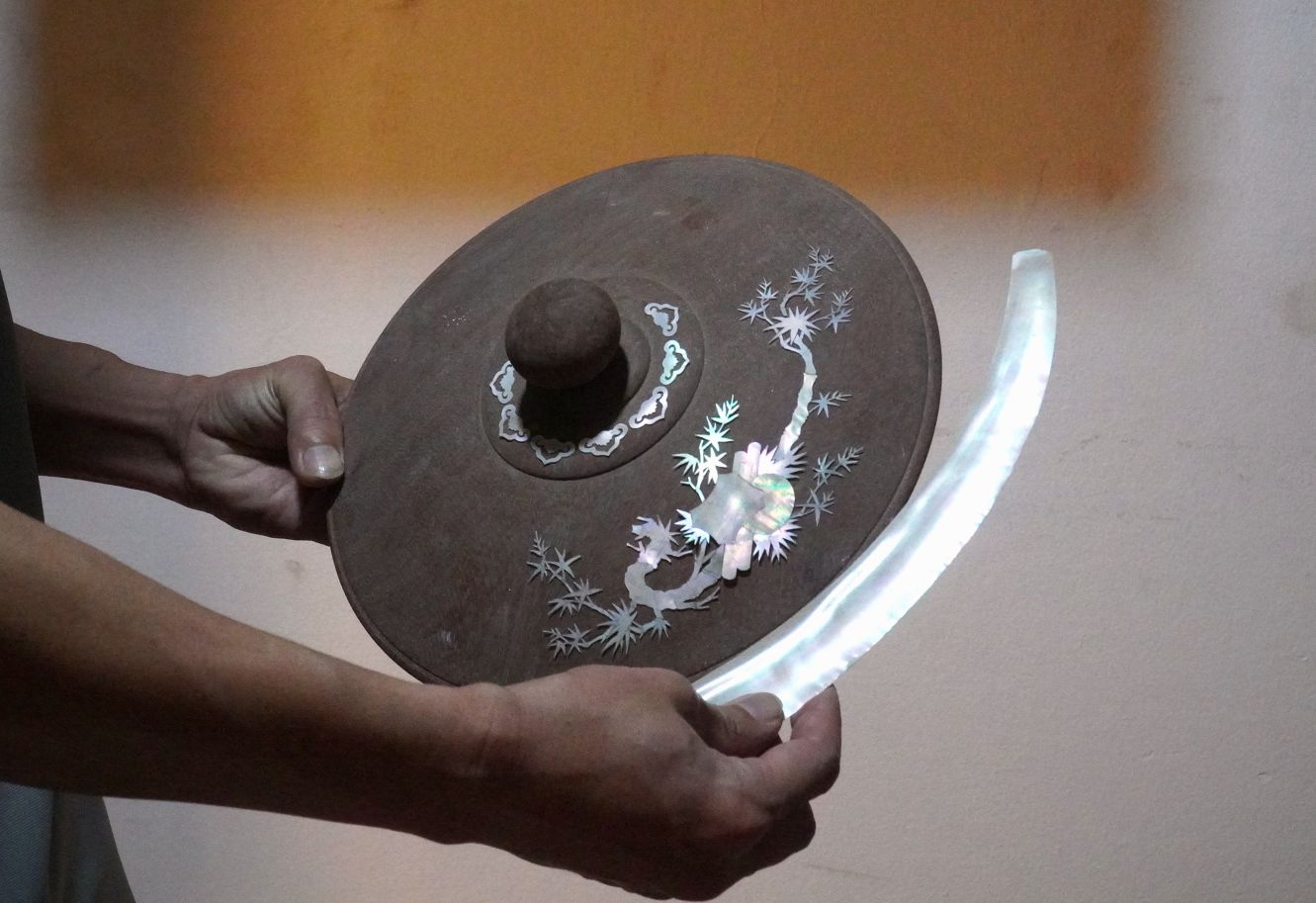
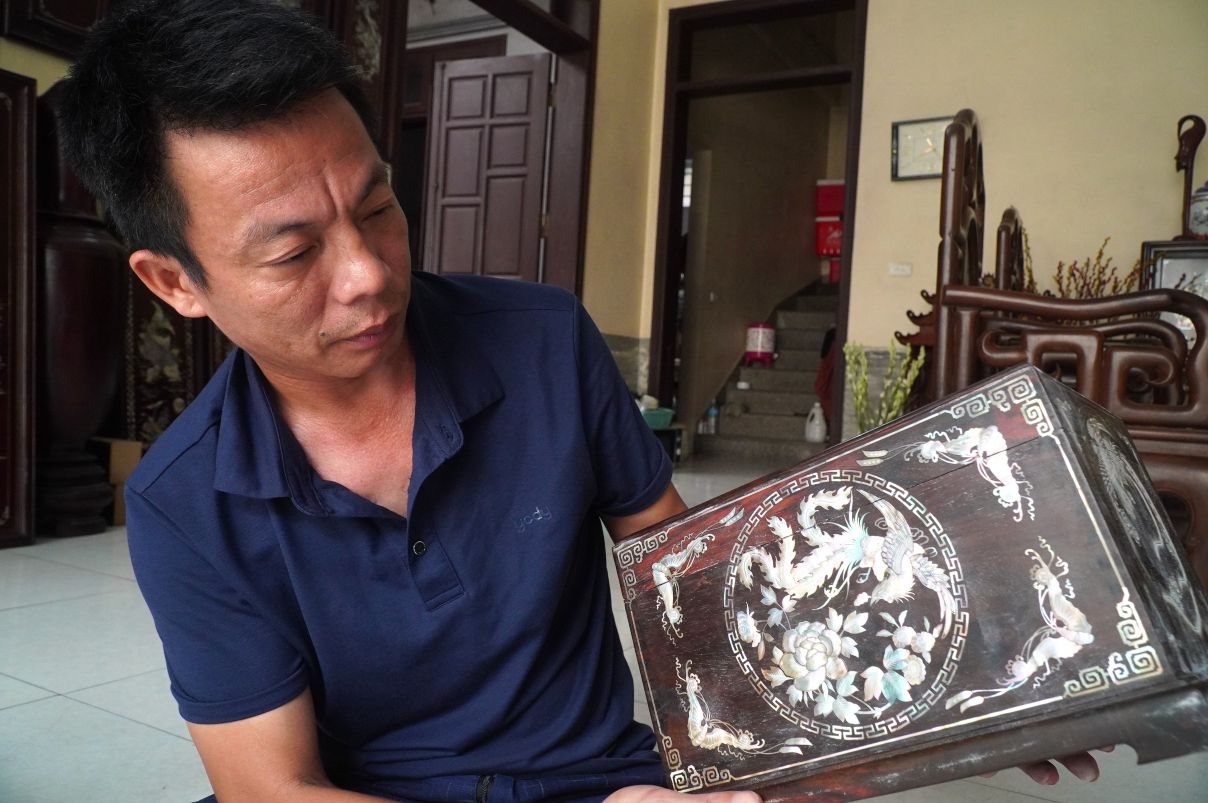
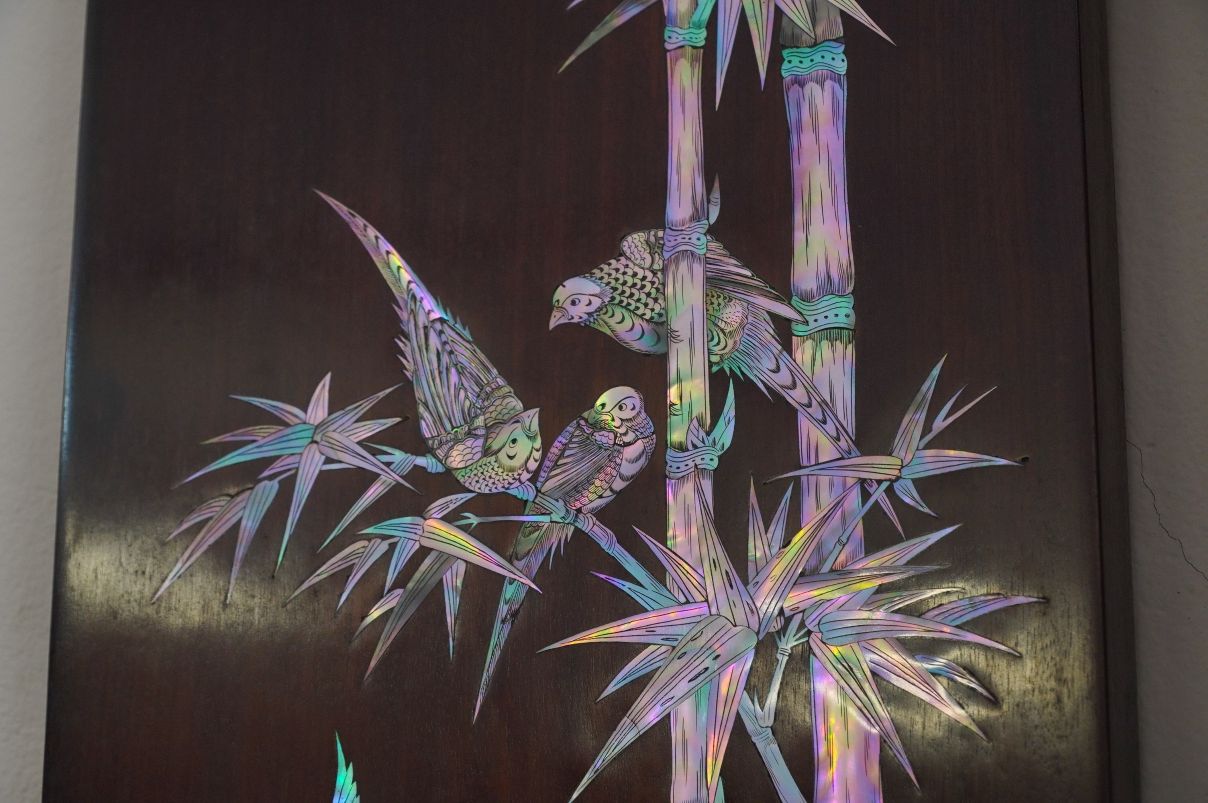

![[Photo] National Assembly Chairman Tran Thanh Man attends the VinFuture 2025 Award Ceremony](/_next/image?url=https%3A%2F%2Fvphoto.vietnam.vn%2Fthumb%2F1200x675%2Fvietnam%2Fresource%2FIMAGE%2F2025%2F12%2F05%2F1764951162416_2628509768338816493-6995-jpg.webp&w=3840&q=75)
![[Photo] 60th Anniversary of the Founding of the Vietnam Association of Photographic Artists](/_next/image?url=https%3A%2F%2Fvphoto.vietnam.vn%2Fthumb%2F1200x675%2Fvietnam%2Fresource%2FIMAGE%2F2025%2F12%2F05%2F1764935864512_a1-bnd-0841-9740-jpg.webp&w=3840&q=75)





![[Photo] National Assembly Chairman Tran Thanh Man attends the VinFuture 2025 Award Ceremony](https://vphoto.vietnam.vn/thumb/402x226/vietnam/resource/IMAGE/2025/12/05/1764951162416_2628509768338816493-6995-jpg.webp)

![[Photo] 60th Anniversary of the Founding of the Vietnam Association of Photographic Artists](https://vphoto.vietnam.vn/thumb/402x226/vietnam/resource/IMAGE/2025/12/05/1764935864512_a1-bnd-0841-9740-jpg.webp)

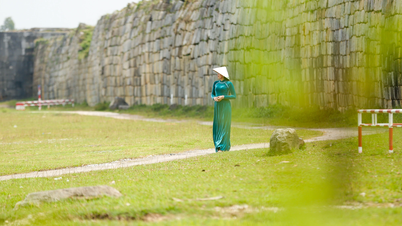












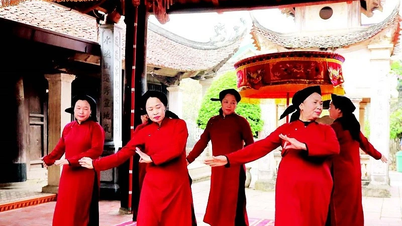
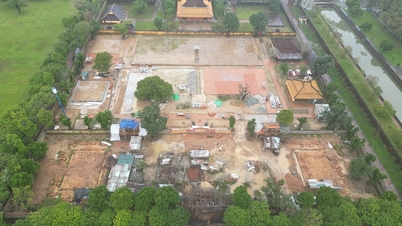





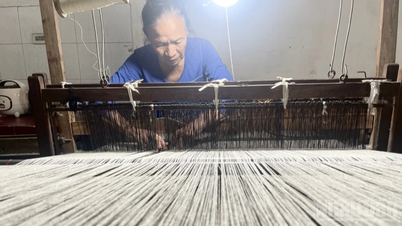
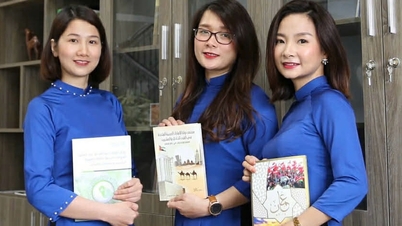













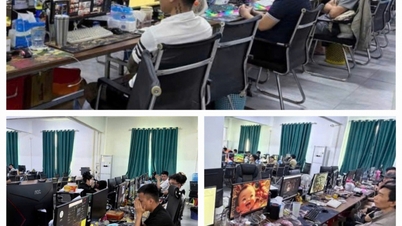


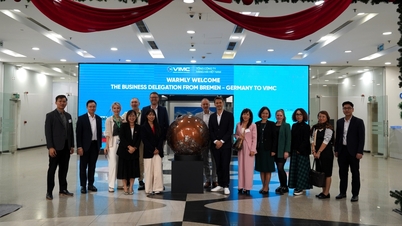









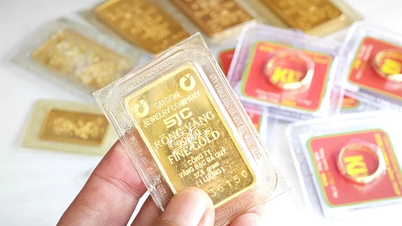







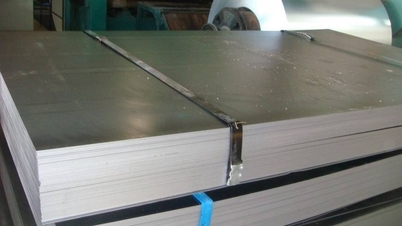

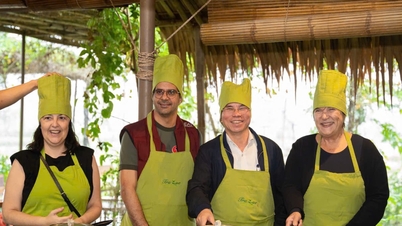

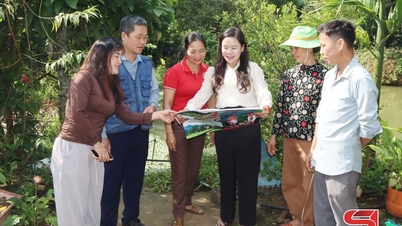

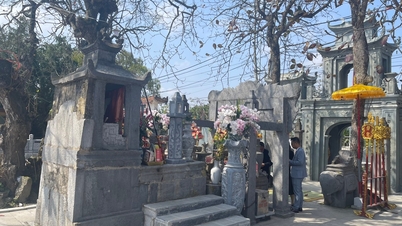





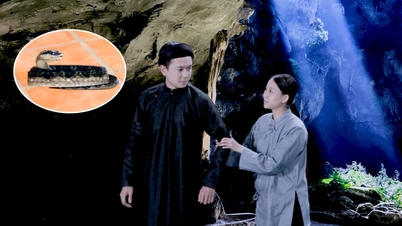











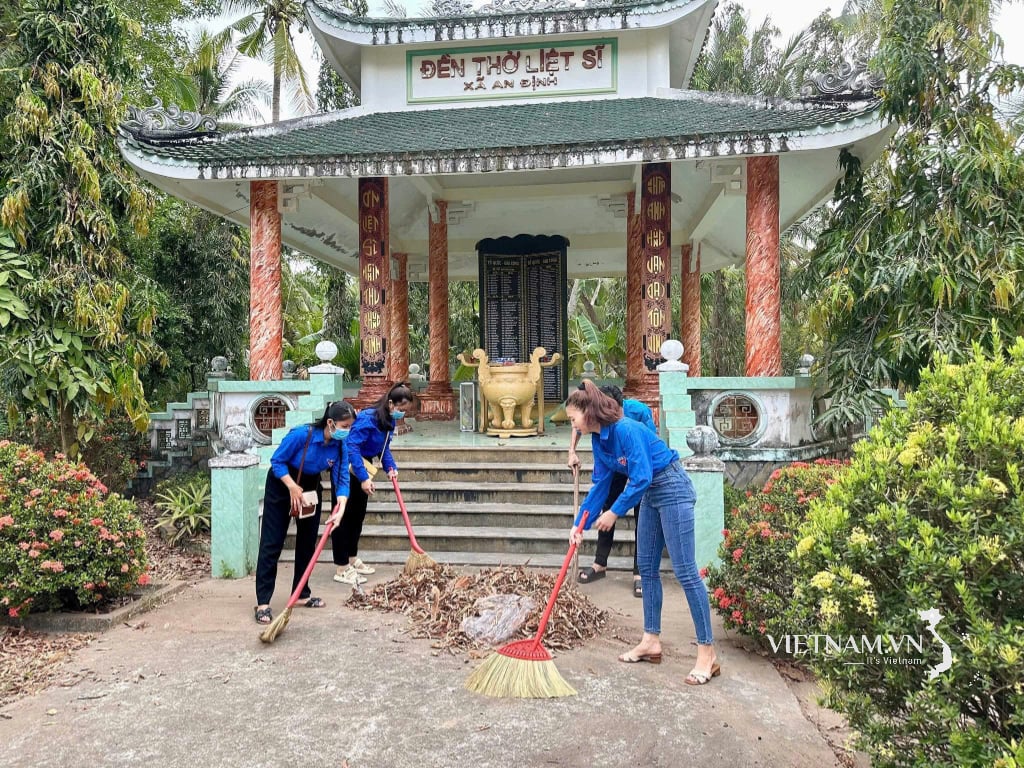
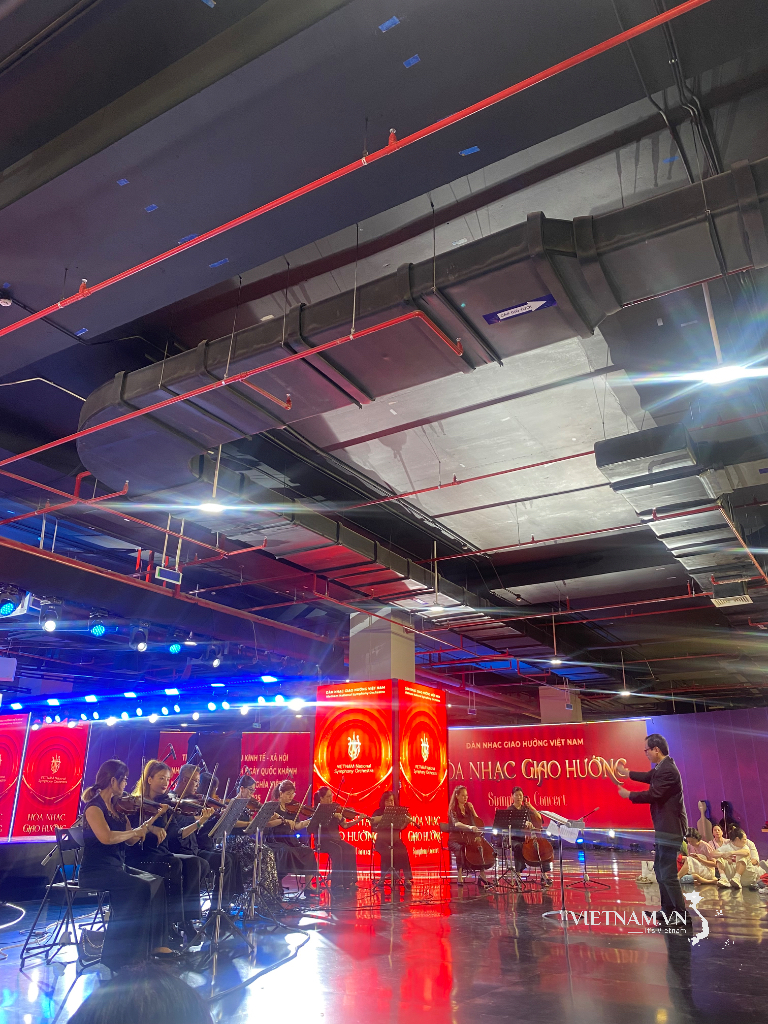





Comment (0)